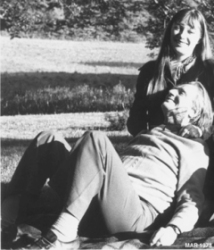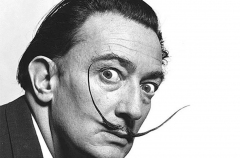
Yrjo Kukkapuro (born 1933) is a nationally revered and internationally admired Finnish designer whose career highlights could serve as a timeline for furniture design in the second half of the 20th century. From his first significant work as a student in 1957 to prototypes he designed for a 1998 exhibition, Kukkapuro's furniture has been characterized by the simple functionalism that is at the core of his design system. The iconic Karuselli Chair (412) of 1964 exhibits the newest materials (ABS and plastics) via experimental methods, but in the 70s these elements give way to a naturalism that rejects artificiality in favor of materials such as the birch plywood as found in the Remmi and Pressu chairs. By the 80s, color and patterns are back in evidence, and these in turn are transformed in the 90s into abstract patterns on plywood surfaces, as in his "tattooed" series. In the 21st century, Kukkapuro has been experimenting yet again, this time with "new" natural materials such as bamboo used in products targeted at the new Chinese market. This long career of independent design began at the Helsinki Institute of Crafts & Design, where he studied from 1954 to 1958 with teachers such as Ilmaari Tapiovaara and Oli Borg, after which he opened Studio Kukkapuro. He later served on the faculties of Helsinki Polytechnic (1969-1974) and Helsinki University of Industrial Arts from 1978 to 1980. Kukkapuro has also spent periods as head designer for manufacturers Haimi, Lepokaiusto, and Avarte. In addition to being collected worldwide, his work is found in the permanent collections of London's Victoria & Albert Museum and the Museum of Modern Art in New York, and he has received numerous awards including Finland's National Design Prize (1970), the Pro Finkendia Prize (1983), and the Kaj Franck Award (1985).




.png)